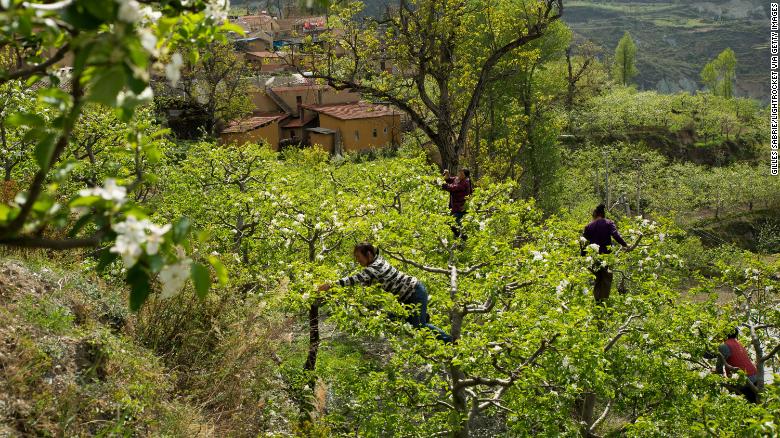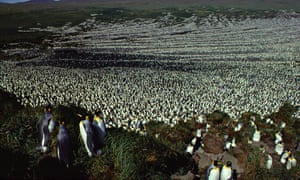“With fewer animals to spread seeds, plants could have trouble adapting to climate change”

Picture a mature, broad-branched tree like an oak, maple or fig. How does it reproduce so that its offspring don’t grow up in its shadow, fighting for light?
“MIT Predicted in 1972 That Society Will Collapse This Century. New Research Shows We’re on Schedule.”

A remarkable new study by a director at one of the largest accounting firms in the world has found that a famous, decades-old warning from MIT about the risk of industrial civilization collapsing appears to be accurate based on new empirical data.
“Earth Is on the Cusp of the Sixth Mass Extinction. Here’s What Paleontologists Want You to Know”

Rhinos, elephants, whales and sharks — the list of endangered species is long and depressing. But it’s not just these big, beautiful, familiar animals at risk. Earth is hemorrhaging species, from mammals to fish and insects. The loss of biodiversity we’re facing right now is staggering, thanks to habitat loss, pollution, climate change and other calamities.
“The insect apocalypse is coming. Here’s what you can do about it”

https://edition.cnn.com/2019/11/13/europe/insect-apocalypse-report-scn/index.html
It’s being called the unnoticed apocalypse: The number of insects is declining rapidly and 41% of bug species face extinction, scientists say.
“Man-Made Climate Change Causes Its First Mammal Extinction”

https://www.bloomberg.com/news/articles/2019-02-20/climate-change-causes-its-first-mammal-extinction
Climate change officially killed off its first mammalian species earlier this week, when Australia’s environment minister moved a small coast-dwelling rodent from the endangered to the extinct list.
“World’s largest king penguin colony has declined by 90%”

https://www.theguardian.com/world/2018/jul/30/worlds-largest-king-penguin-colony-has-declined-by-90
Number of king penguins on the remote Île aux Cochons has fallen from 2m to 200,000, warn scientists
“Orangutans Have Been Adapting To Humans For 70,000 Years”

Rather than being an ecologically-fragile ape, there is evidence that orangutans have long been adapting to humans. The modern orangutan is the product of both environmental and human impacts, and where they live and how they act appear to reflect our shared history.
“The axolotl—nature’s miracle healer—is on the brink of extinction”

https://qz.com/1304554/the-axolotl-natures-miracle-healer-is-on-the-brink-of-extinction/
The axolotl, or Ambystoma mexicanum, is the ultimate survivalist: When an axolotl loses a leg, tail, or a bit of its heart, the body part regrows and nary a scar remains. But the hardy creature is on the brink of extinction.
“One in eight birds is threatened with extinction, global study finds”

One in eight bird species is threatened with global extinction, and once widespread creatures such as the puffin, snowy owl and turtle dove are plummeting towards oblivion, according to the definitive study of global bird populations.
“The WWF warns the Amazon could lose half its wildlife by the end of the century”

The Amazon, the single largest tropical rainforest and home to 10% of the world’s known species, could lose half of its plants and animals by the end of the century as global warming ravages the planet—and that loss of biodiversity is just a snapshot of what’s happening to the world’s forests, wetlands, and seas.
Recent Comments